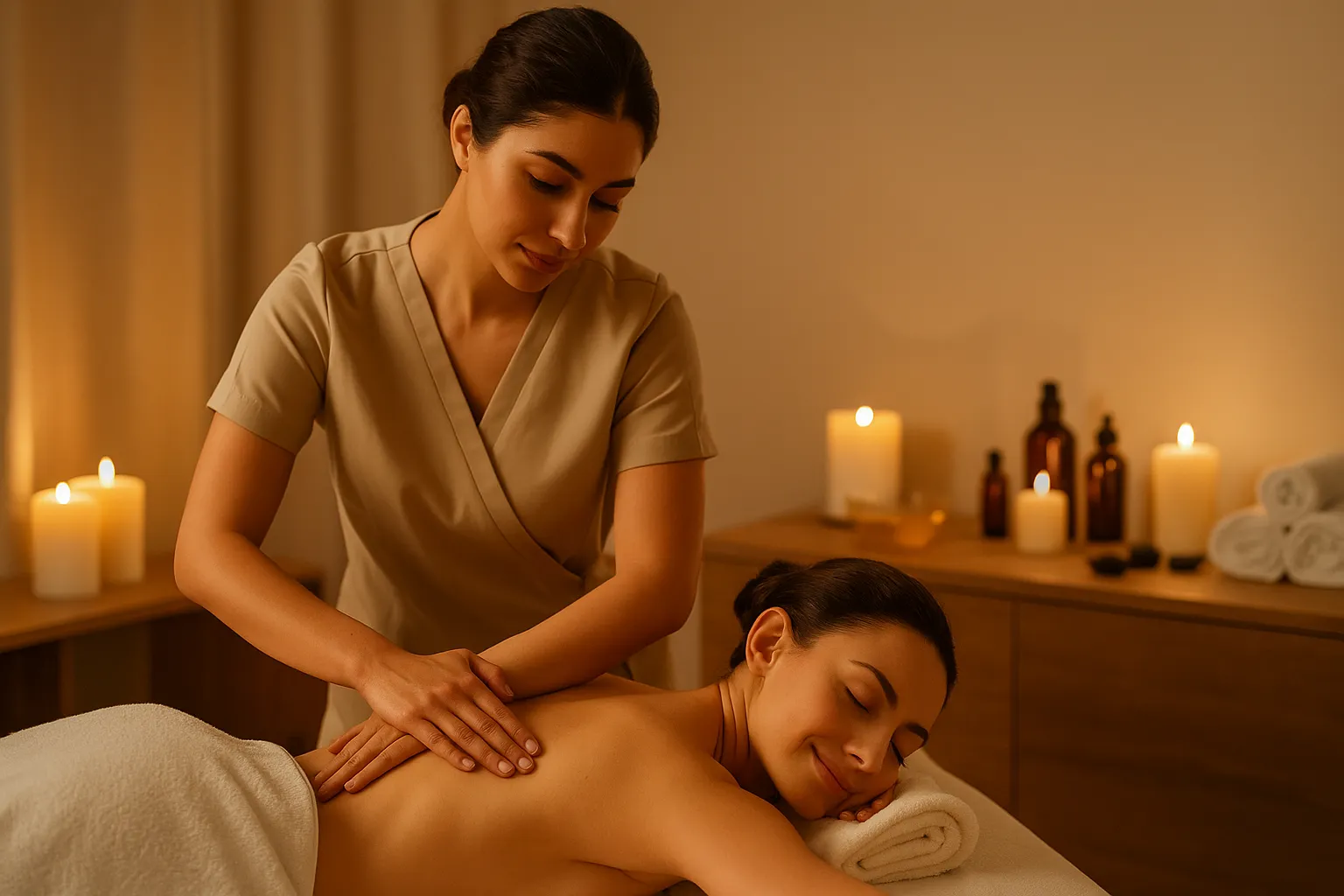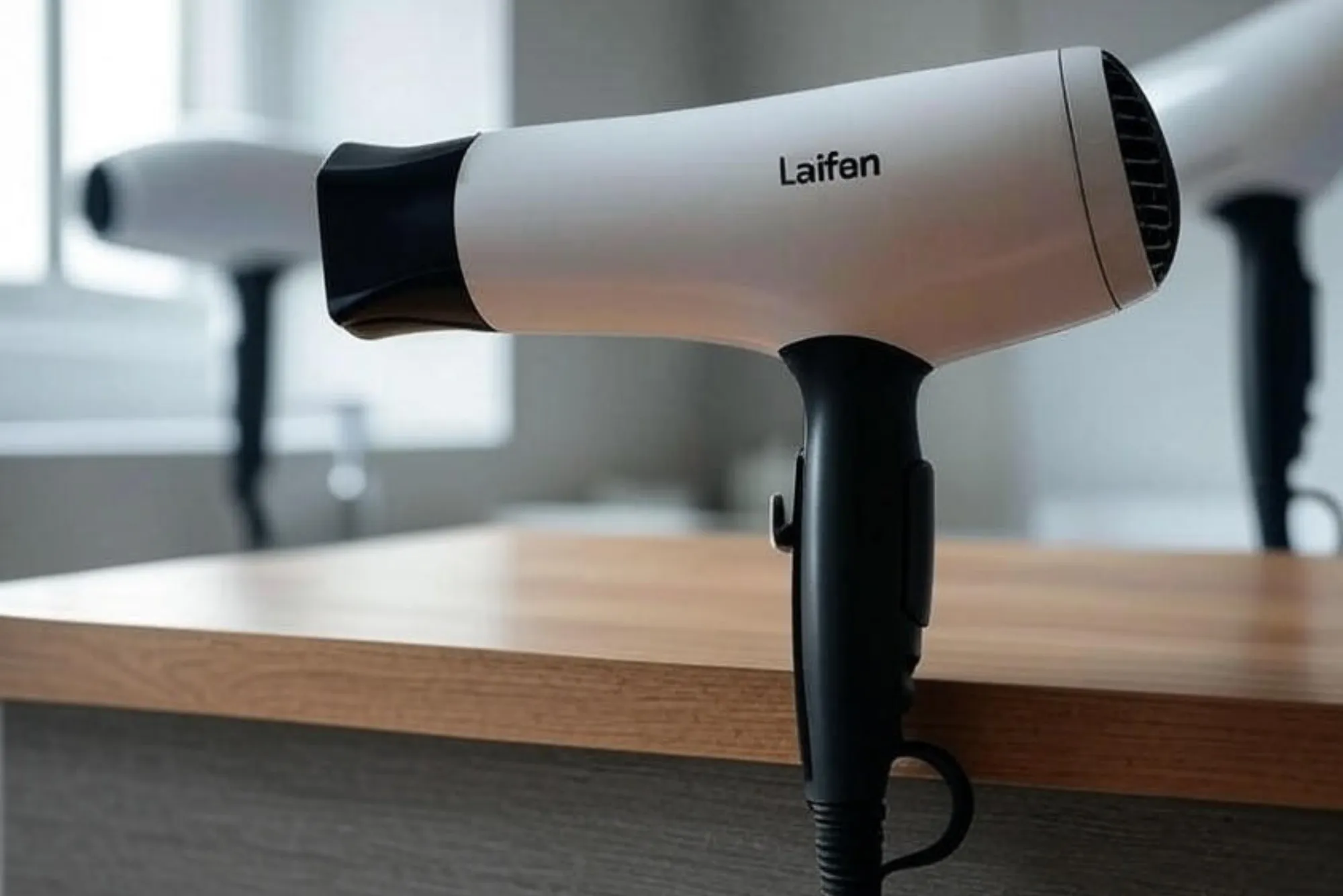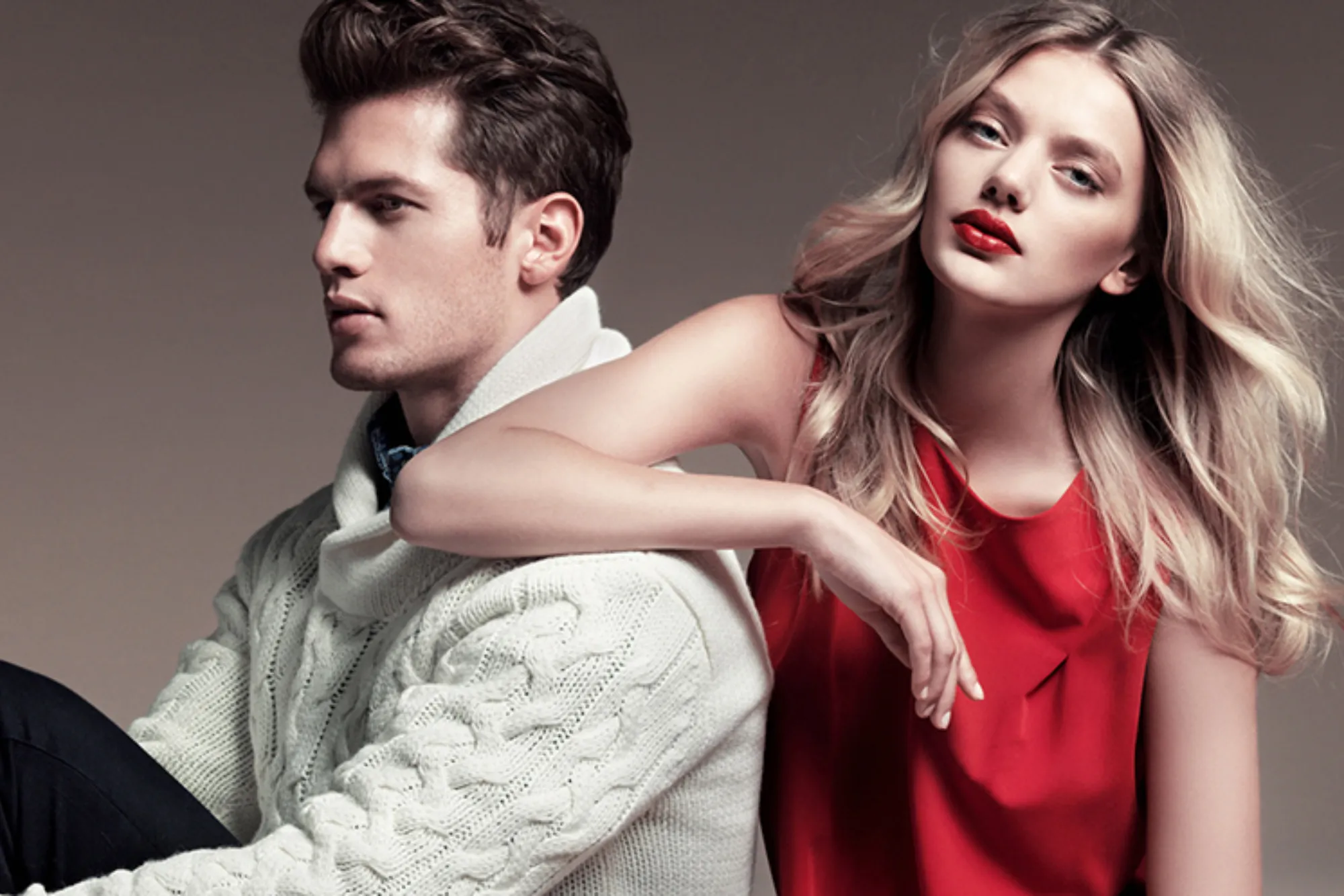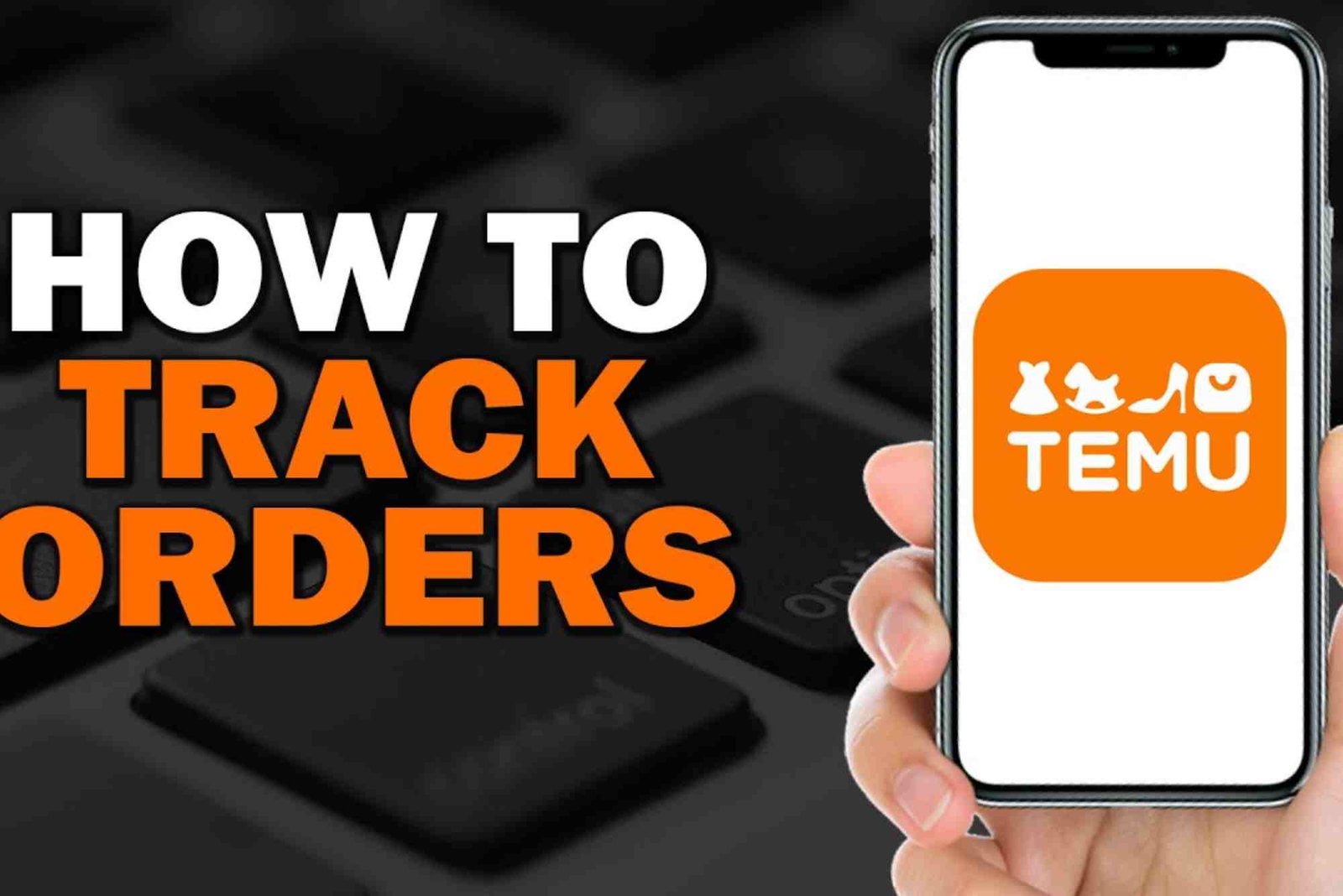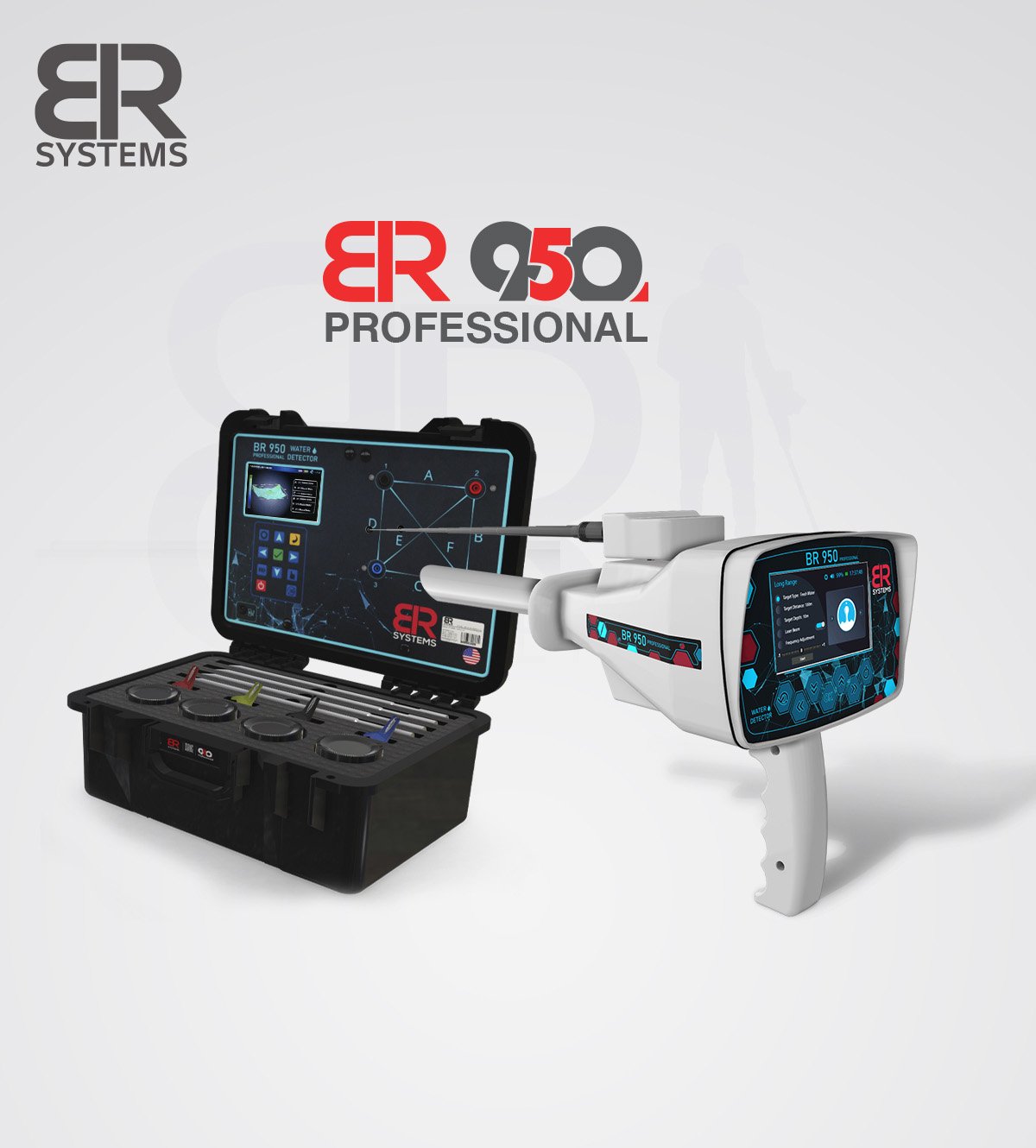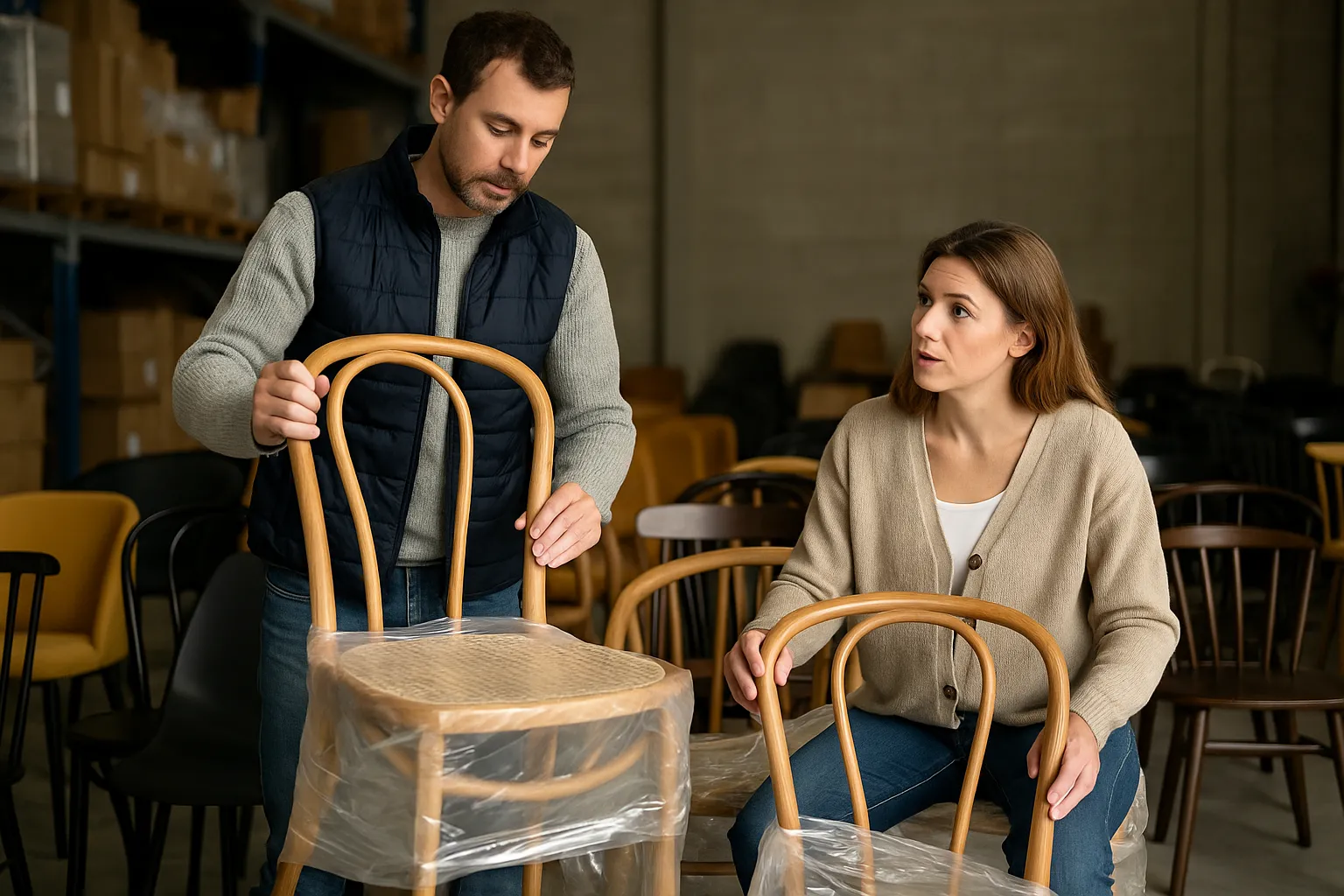In the world of running, selecting the perfect pair of shoes is akin to choosing the right tool for a craftsperson. Just as a well-crafted tool enhances performance, the right running shoes can elevate your running experience. In this comprehensive guide, we’ll delve into the essential factors to consider when determining what are the best running shoes for you, while also exploring the vibrant realms of kurta pajama dijain and bursa Turkish fashion.
Understanding Your Foot Type
Understanding your foot type is fundamental when seeking what are the best running shoes for you. Your foot type plays a crucial role in determining the level of support and cushioning your shoes should provide to ensure optimal comfort and minimize the risk of injury.
There are three primary foot types: high arches, flat feet, and neutral arches. Each type has distinct characteristics that influence the way your foot absorbs shock and distributes weight while running.
High Arches
Individuals with high arches have a noticeable upward curve along the inner side of their foot. This foot type tends to have less surface area in contact with the ground, leading to increased pressure on the heel and ball of the foot. Running shoes for high arches typically require extra cushioning to help absorb shock and provide support to the arches.
Flat Feet
Flat feet are characterized by a lack of arches, resulting in the entire sole of the foot making contact with the ground. This foot type may experience overpronation, where the foot rolls inward excessively during the running gait. Shoes for flat feet often feature stability or motion control technologies to help prevent overpronation and provide adequate support.

Neutral Arches
Neutral arches strike a balance between high arches and flat feet, with a moderate arch that allows for natural pronation. Runners with neutral arches have a more even distribution of weight across the foot, making them less prone to excessive inward or outward rolling. Shoes for neutral arches typically offer a combination of cushioning and support to accommodate a wide range of running styles.
kurta pajama dijain
Kurta pajama dijain encompasses a rich tapestry of traditional and contemporary designs that reflect the cultural heritage and artistic flair of South Asian fashion. From intricate embroidery to vibrant prints and luxurious fabrics, kurta pajama dijain offers a diverse array of styles suited for various occasions and preferences. Whether adorned with elaborate motifs for formal events or featuring modern cuts and silhouettes for casual wear, kurta pajama dijain celebrates the timeless elegance and versatility of this classic attire. With its fusion of heritage and innovation, kurta pajama dijain continues to captivate fashion enthusiasts worldwide, serving as a symbol of cultural pride and sartorial expression.
Consider Your Running Style
Your running style is a critical factor to consider when determining what are the best running shoes for you. Different types of running require specific features and characteristics in shoes to optimize performance, minimize discomfort, and reduce the risk of injury. Understanding your running style helps ensure that you select shoes that are tailored to meet your individual needs and preferences.
Long-Distance Running
If you’re a long-distance runner, logging miles on roads or trails, you’ll need shoes that prioritize cushioning, durability, and support. Long-distance running shoes typically feature ample cushioning to absorb impact over extended periods, as well as durable outsoles to withstand the wear and tear of high mileage. Look for shoes with a comfortable fit and breathable upper to keep your feet feeling fresh during those long runs.
Sprinting and Speed Work
Sprinters and those who engage in speed work require shoes that are lightweight, responsive, and provide excellent traction. These shoes often feature minimal cushioning to promote a close-to-the-ground feel, allowing for maximum energy transfer and propulsion during sprints and intervals. Look for shoes with a snug fit and responsive midsole to optimize speed and agility.
Trail Running
Trail runners encounter varied terrain and challenging conditions, necessitating shoes with rugged outsoles, protective features, and reliable traction. Trail running shoes typically offer aggressive tread patterns for grip on uneven surfaces, as well as protective elements such as rock plates and reinforced toe caps to shield against debris and obstacles. Look for shoes with a secure fit and water-resistant materials to handle the demands of off-road running.
Walking and Casual Running
For casual runners and walkers, comfort and versatility are key considerations. Shoes for walking and casual running often feature moderate cushioning for comfort during low-impact activities, as well as flexible outsoles that promote a natural stride. Look for shoes with a supportive yet cushioned midsole and a breathable upper for all-day comfort.
Assessing Cushioning and Support
Cushioning and support are critical factors in preventing injuries and ensuring comfort during your runs. Look for shoes with adequate cushioning to absorb impact and reduce stress on your joints, especially if you’re logging long miles. Additionally, consider whether you need extra support to correct overpronation or underpronation and choose shoes with features designed to address these issues.
Finding the Right Fit
A proper fit is non-negotiable when it comes to running shoes. Ill-fitting shoes can lead to blisters, black toenails, and even more serious injuries. Visit a reputable running store where trained staff can assess your foot size and shape to find the perfect fit. Ensure there’s enough room in the toe box to wiggle your toes comfortably, but not so much that your foot slides around inside the shoe.
Durability and Breathability
Running shoes undergo significant wear and tear, so durability is key. Look for shoes made from high-quality materials with reinforced areas to withstand the rigors of your runs. Additionally, consider the breathability of the shoes, especially if you’ll be running in hot or humid conditions. Breathable materials help wick away moisture and keep your feet cool and dry during long runs.
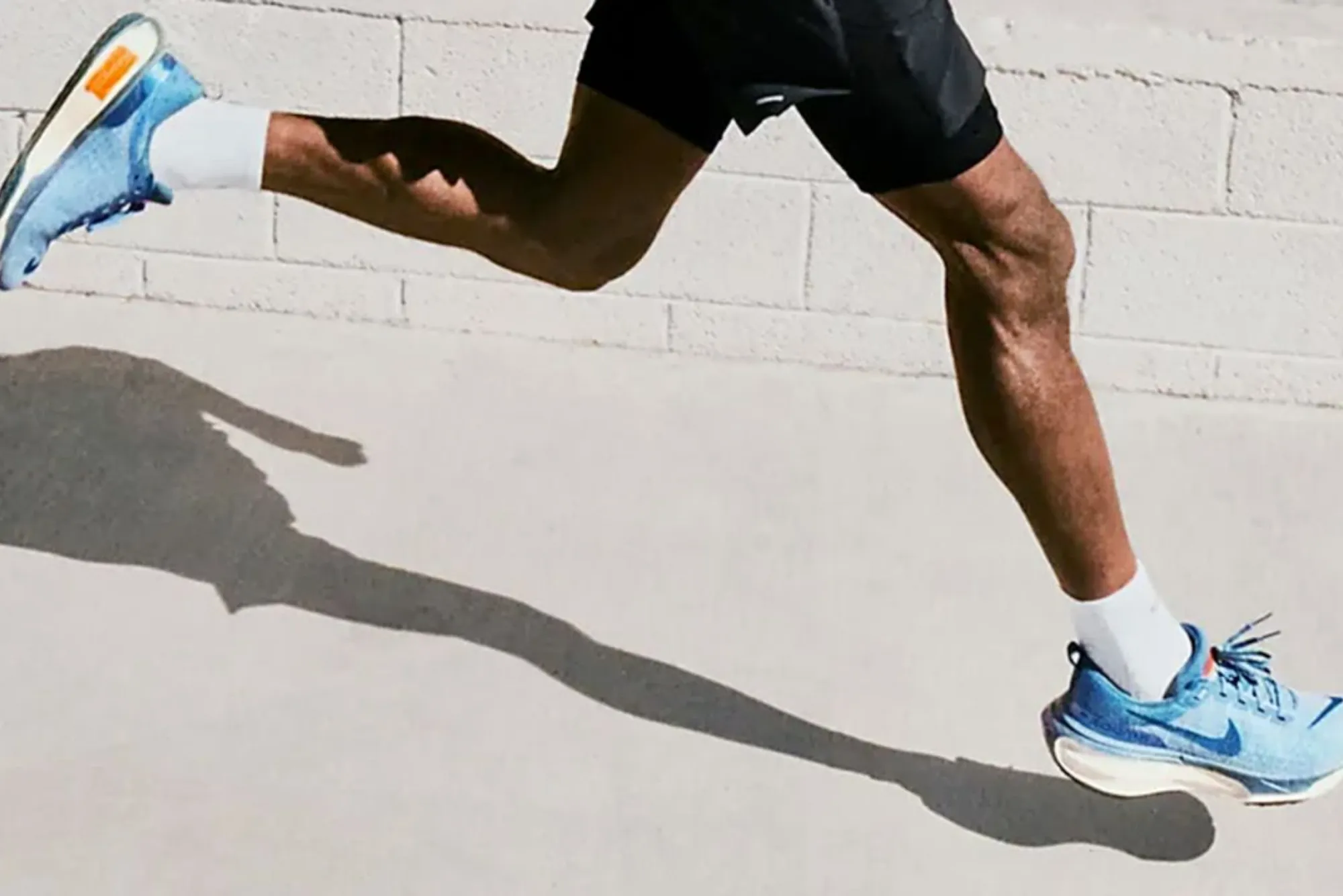
Brand Reputation and Reviews
Brand reputation is a significant factor to consider when determining what are the best running shoes for your needs. Reputable brands have often garnered trust and recognition through years of delivering quality products and innovative designs. When exploring different brands, it’s essential to look beyond just the name and delve into their history of crafting running shoes.
A brand’s reputation can provide insights into the level of expertise and dedication they have towards creating high-performance footwear. Established brands often have extensive research and development processes, incorporating feedback from athletes and utilizing advanced technologies to continuously improve their products.
Moreover, examining reviews from other runners can offer valuable firsthand experiences and perspectives on the performance of specific running shoe models. These reviews can shed light on various aspects such as comfort, durability, fit, and overall satisfaction.
By paying attention to both brand reputation and reviews, you can make a more informed decision when determining what are the best running shoes for your individual needs. Whether it’s a well-known brand with a long-standing history or a newer contender making waves in the industry, evaluating feedback from fellow runners can help guide you towards selecting the perfect pair of shoes to support your running journey.
Budget Considerations
Running shoes come in a wide range of prices, so it’s essential to set a budget before you start shopping. While it’s tempting to splurge on the latest technology, there are plenty of excellent options available at lower price points. Determine your budget and prioritize features that are most important to you, whether it’s cushioning, support, durability, or brand reputation.
Choosing the best running shoes for your needs requires careful consideration of various factors, including your foot type, running style, cushioning and support, fit, durability, brand reputation, and budget. By taking the time to research and try out different options, you can find the perfect pair of shoes to support you on your running journey.

